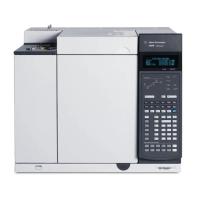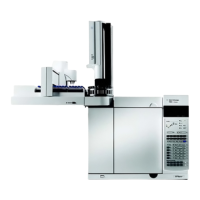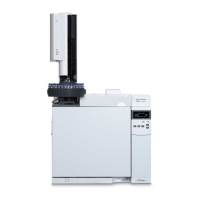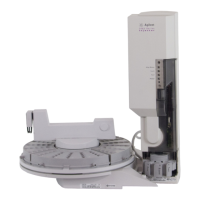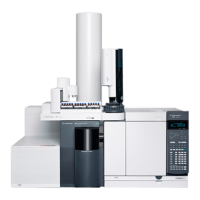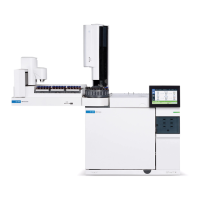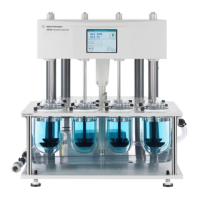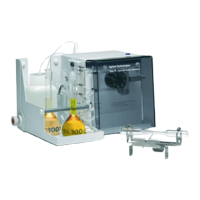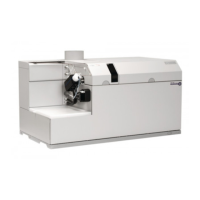98 Advanced Operation Manual
3 Inlets
• The inlet can be programmed downward—just set the
Final temp below the previous temperature—to reduce
thermal stress on the inlet.
• Downward programming can be used to prepare the inlet
for the next run. This can reduce cycle time for greater
sample throughput.
Cooling the PTV inlet
If cryo is turned on, and if the inlet is cooled during a run,
cryogen is used to achieve the setpoint. This may have a
negative impact on the chromatographic performance of the
oven and cause distorted peaks.
The sample may be injected into either a cooled or heated
inlet. The initial inlet temperature can be reduced to –60 °C
(with CO
2
cooling) or to –160 °C (with liquid N
2
cooling).
The inlet uses the same coolant as configured for the oven.
PTV inlet split and pulsed split modes
The two split modes—with or without a pressure
pulse—divide the gas stream entering the inlet between the
column flow, the split vent flow through the solenoid valve,
and the septum purge flow. The ratio of the split vent flow
to the column flow is called the split ratio.
The next figure shows the flows with the septum head.
Flows with the septumless head are the same except that the
septum purge flow bypasses the head.
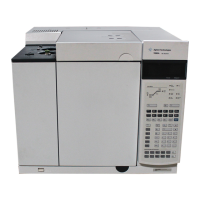
